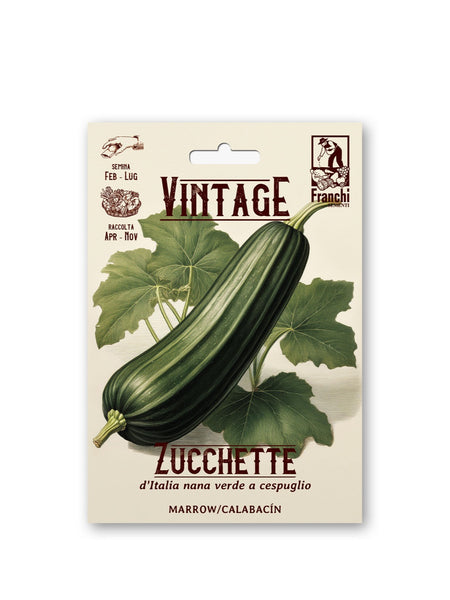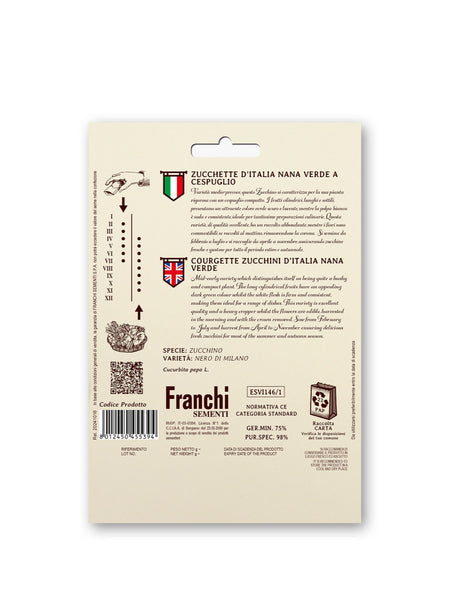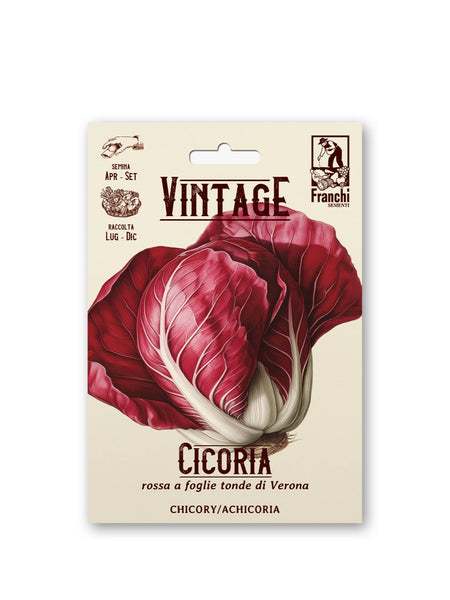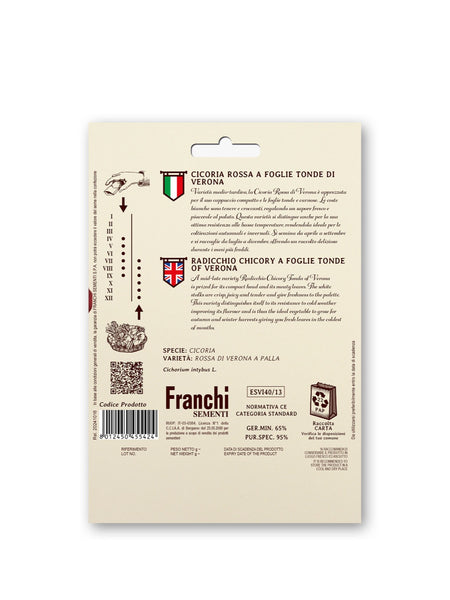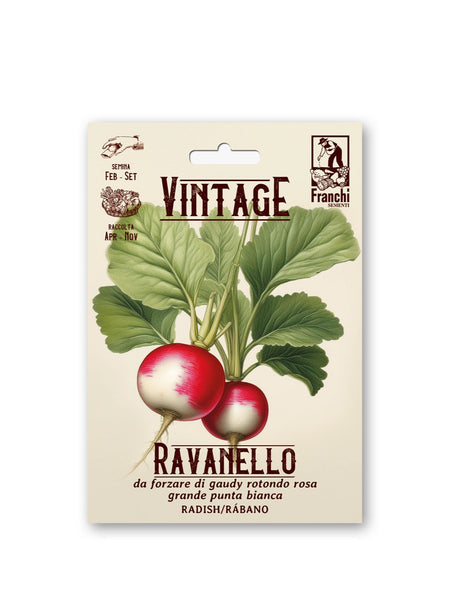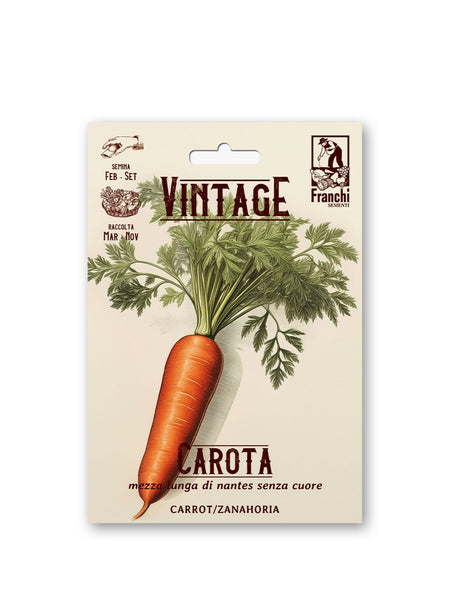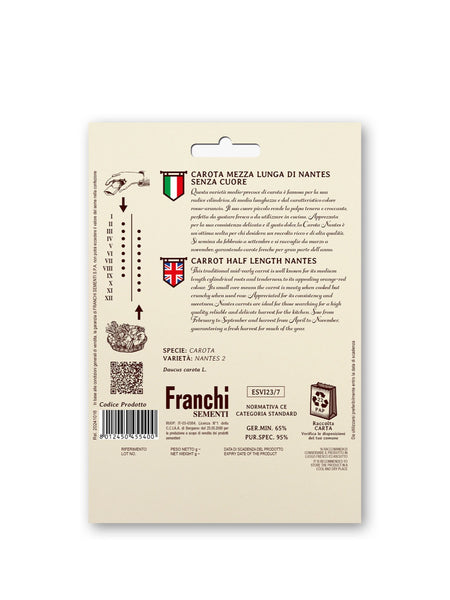Heritage vegetables have stolen the limelight over the last five years. Some gardeners' devotion to favourite old varieties has never waned, but in the 1980s and 1990s, many of us turned to F1 Hybrids. They promised greater uniformity, higher yields, and improved disease resistance. So why are many of us returning to the varieties our parents and grandparents would have known and loved?
There are many reasons. To begin with, heritage or heirloom varieties - those grown pre-1945 and probably much earlier - were selected mainly for the taste and quality of their fruits, roots and leaves rather than uniformity or yield. They tend to offer richer, deeper, more complex flavours and considerable variety within a spectrum. If you compare the taste of several heritage tomato varieties, you will be amazed by the differences in sweetness, acidity, skin thickness and texture, not to mention colour and shape.
Heritage vegetables are keenly sought by chefs striving to distinguish themselves in the kitchen. Many top hotels and restaurants, such as The Pig and Le Manoir aux Quat'Saisons, now grow their own, guaranteeing a fresh supply. With more people choosing vegetarian and vegan diets, the appeal of vegetables with excellent flavour and texture has also risen.

Heritage vegetables are usually 'open pollinated', meaning that no special conditions are needed for them to reproduce by seed - you can let the bees, birds and wind work their magic. Seed saved from one year to the next will 'come true' if collected, saved and sown. By contrast, F1 hybrids - first-generation hybrids - have to be pollinated in strictly controlled conditions, increasing the price of the seeds and reducing the quantity you're likely to receive if you buy a packet. Because they aren't naturally occurring, F1 hybrid varieties tend to come and go as growers steadily improve them. You can save and sow the seed, but you will get considerable variation in the resulting crop and potentially nothing resembling the original hybrid.

Although heritage vegetables are mostly hybrids rather than naturally occurring species, their preservation is worthwhile. Old varieties perpetuate a bank of genes that may help breed new varieties resistant to drought, disease, heat or cold, or that are more flavoursome. F1 hybrids flourished in an age when we were prepared to spray, water and feed with abandon. As we become more conscious of water conservation and chemical use, we may find that heritage varieties are more tolerant of less-than-perfect conditions. In the days when fresh produce could only travel short distances to market, many heritage varieties would have been confined to specific locations or even family farms because they were so well suited to their soil and climate. This history is often referenced in variety names such as 'Siberian Cherry' (tomato), 'Long Red Florence' (onion), 'Christmas Lima' (beans) and 'Rossa di Verona' (chicory). These well-adapted varieties could supply useful genes for future generations of gardeners and plant breeders.

As a gardener, and an adventurous one at that, the main appeal of heritage vegetables for me is the opportunity to grow something different. If you're lucky enough to get your hands on a Bakers Creek catalogue, your mind will be blown by the array of tomatoes, aubergines, squashes, beans and chillies they offer in the USA. Fortunately, many UK-based seed companies are spotting the opportunity and selling far more exciting varieties than we would have had access to thirty years ago. Growing commercial varieties you can buy in a supermarket might save a few pennies, but why would anyone grow standard little gem lettuce when they could sow 'Forellenschluss', an old Austrian variety with tasty green leaves splashed with red? The name translated means 'speckled like a trout', and there's a picture at the top of this article.

Above all else, growing heritage vegetables is a fun and inexpensive way to broaden your horizons while helping preserve a little piece of horticultural history. Unlike trees, which might survive for hundreds of years only to be rediscovered, many vegetables are annuals or biennials that rely on being cultivated yearly. Once they're no longer available commercially, they rely solely on gardeners to preserve them. Fashions come and go, so who is to say that any of the vegetables of yesteryear might be the next big thing?
What's great is that heritage vegetables are, in most cases, as easy to grow as modern hybrids. Some may not be as disease-resistant or prolific as F1 Hybrids, but if they hadn't proved their worth to millions of gardeners, they would long since be forgotten. For every heirloom vegetable still in existence, hundreds will have disappeared, leaving only the best-performing and most delicious for you to enjoy.

Heritage Varieties You Might Like To Try
-
Borecole ‘Nero di Toscana' - Producing handsome plumes of long, deeply puckered, bluish-green leaves, the brassica we know best as Cavolo Nero was first cultivated in Italy around 600 BC. It became popular again in the 1990s when Ruth Rogers and Rose Gray of London’s River Cafe started including it in many dishes. Cavolo Nero is one of my favourite greens.
-
Tomato ‘Gardener’s Delight’ - Chances are you’ll already be familiar with this small, tangy tomato, but did you know it was a heritage variety? Originally from Germany, it arrived in the UK in the 1870s with the name ‘Benary’s Gartenfreude’. It’s earned several other names, including ‘Jung’s Sugar Lump’ and ‘Délice du Jardinier’, roughly translating to ‘Gardener’s Delight’. Summer isn’t summer without this reliable tomato growing on my allotment.
-
Squash ‘Crown Prince’ - prized for its steely-blue skin and superb flavour, the origins of this beautiful squash are not fully understood. It likely originated in New Zealand and appears to be a close relative of the kabocha squash, which found its way to the Antipodes from South America via Japan!
-
Chicory ‘Rossa di Verona’ - the Italians have long cherished chicories, and much of the seed we grow in Britain today originate there. ‘Rossa di Verona’ has blood-red, heart-shaped leaves wrapped tightly to form a solid, round head. Its tart flavour mellows when grilled, or it can be shredded and combined with orange to make a refreshing winter salad.
-
Pumpkin ‘Rouge Vif d’Etampes’ - The vivid red, slightly flattened fruits of this 100-year-old squash have earned it the nickname ‘Cinderella pumpkin’. Its flesh is sweet and delicious, and once hollowed out, the shell can be deployed as a soup terrine.
-
Maize ‘Glass Gem’ - A favourite on our allotment, this ancient grain from North America was one of the first varieties to reignite interest in heritage varieties. Its multi-coloured cobs aren’t good for eating like sweetcorn, but the kernels make fantastic popcorn.
-
Potato ‘Pink Fir Apple’ - with long tubers shaped like gnarled, fat fingers, ‘Pink Fir Apple’ is thought to have originated in France in the mid-19th Century. Its flavour is nutty, and its texture is waxy, making it perfect for salads. Crossed with ‘Desiree’, it produced ‘Anya’, a well-known modern potato variety.
SHOP HERITAGE VEGETABLE SEEDS


